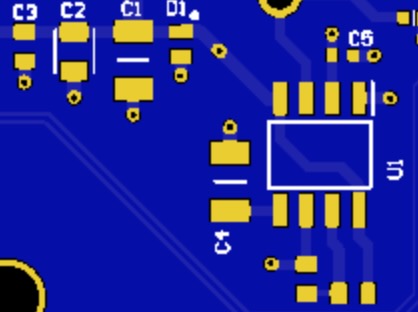Exact Measurement? For Innovation, and Progress
A coherence-based Noise Reduction System, approaches a time-independent reference, or exact standard, for the measurement of time. Download summary of scientific research here.
High Fidelity Innovations:
Revolutionizing Noise Reduction

Areas of Application of Coherence Technology Pdf download here: https://www.upgradingtechnology.com/support-files/areasofapplication.pdf
Innovations that make high fidelity signals accessible in any electronic design can upgrade audio and video systems to deliver a better quality user experience quickly.
Conventional approaches to improving signal quality center around noise reduction. Noise reduction usually involves some combination of amplification and filtering, or masking. Amplification distorts the signal. And unfortunately when you amplify a signal you also amplify the noise. That means you then have to somehow filter out the noise. Inevitably valuable detailed information is lost in the process of filtering (or masking) out the noise.
The end result of noise reduction processing:
- Degraded signal quality.
- Reduced fidelity.
- Reduced Intelligibility.
- A less than optimum user experience.
Note: When we say fidelity, we mean how precisely the processed signal represents the original sound.
Now there is an easy way to increase signal fidelity which can save you from the need to rely so heavily on conventional noise reduction signal processing.

We can think of a signal carrying the information. The electrons follow a path. It is called the electrical ground plane, or ground system. It's usually a piece of metal, let's say the copper sheet sandwiched in the center of a printed circuit board. We can say the signal is like a vehicle driving on a road carrying some information. If the road is bumpy, the car is jumbled around. In the case of the signal, if the ground plane is smooth and stable the information arrives at its destination in excellent condition. If the ground plane is less stable, or we can say 'bumpy', the electrons that make up the signal are jumbled around and the resulting signal is less stable. A less stable signal more easily breaks up into noise.
A more stable signal is more immune to breaking up into noise. Reducing noise in the ground system is the more direct way to increase signal quality, improve performance, and enhance user experience, even over extended networks. Quantum Noise Reduction Systems increase the dynamic stability of systems and networks without requiring a redesign of the system.